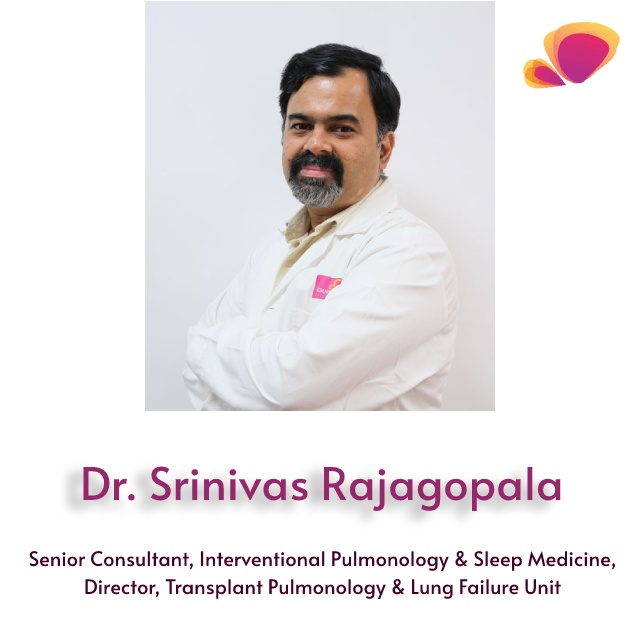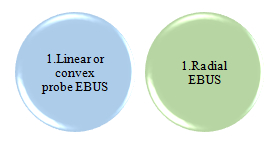Message from Team IMA Chennai Kauvery Alwarpet Branch

Dear colleagues,
Greetings and “Tamil Puthaandu Vazthukkal” from IMA Kauvery Alwarpet branch Chennai.
This continuous medical education program in the digital platform is yet another opportunity for our medical professionals to enrich our knowledge.
In today’s world evidence based medicine is the only factor which gains trust of all our patients.
This month a mixed platter of articles with our pulmonologists on the main stream.
We thank everyone who contributed for this month journal.
Long live IMA
Yours in IMA service,
Dr S Sivaram Kannan
President

IMA journal strives to enhance the culture of knowledge sharing and clinical development.
We bring in yet another issue with articles across specialities.
Long live IMA.
Yours in IMA service,
Dr. Bhuvaneshwari Rajendran
Secretary.

Dear friends
Best wishes to you and family for the NEW YEAR!!!
Happy to meet you all again with this edition of our IMA journal.
Kauvery hospital, Chennai is doing highly academic work in every specialty and our journal takes these works to all our professional colleagues.
My sincere thanks to the editorial and branding teams.
With regards
Dr. R. Balasubramaniyam
Editor

THE SERIOUS CEREUS
Abstract:
We report a 72-year-old male who came to the emergency department with fever, altered sensorium, neck rigidity and new onset seizures, features suggestive of meningitis. MRI brain showed a cerebritis with subarachnoid hemorrhage (SAH). Patient was also found to have low blood counts and was suspected to have myelodysplastic picture. Blood cultures grew Bacillus cereus for which patient was treated with vancomycin, meropenem, fluconazole and patient recovered. We have chosen to report this case because Bacillus cereus presenting with subarachnoid haemorrhage and neutropenic sepsis is rare.

Role of FOT in Pulmonary Diseases in Clinical Experience
Spirometry is used widely by physicians and pulmonologists worldwide to aid in the diagnosis of lung diseases as well as in assessing the disease severity. However, it requires the patients to be cooperative and perform forced respiratory maneuvers which might not be possible in all patients. Examples of such scenarios include children, elderly people and patients with dementia or altered mental status. Spirometry might not be abnormal in patients with very early lung disease. Also, spirometry is contraindicated in certain conditions. These include 3rd trimester pregnancy, recent myocardial infarction within 1 month, recent thoracic or abdominal surgery (within previous 6 weeks), recent eye or ear surgery (within previous 6 weeks), active hemoptysis and thoracic, abdominal or cerebral aneurysms.(1)

OCS DEPENDENT SEVERE ASTHMA-END OF THE ROAD?
Introduction
Bronchial asthma remains one of the commonly encountered disease in pulmonology practice. It affects almost all age groups regardless of gender, ethnicity and socioeconomic status although most of the asthmatic patients remain controlled with standard inhaled mediations, up to 10% of asthma cases are severe of which approximately 40% remain uncontrolled1. This severe uncontrolled asthma carries a tenfold higher risk of mortality. This severe group of asthmatics require oral corticosteroids (OCS) which in turn can lead to its dependence and have serious irreversible adverse effects including weight gain, osteoporosis, diabetics, etc..

Anaesthetic Management of Laparoscopic Resection of Pheochromocytoma
Introduction
Pheochromocytoma is a tumour arising from chromaffin cells in the adrenal medulla or other paraganglia of the sympathetic nervous system.
Pathophysiology
Patients present with variety of symptoms that reflect excessive secretion of norepinephrine, epinephrine or dopamine into the circulation.

Role of EBUS in Interventional Pulmonology
Endobronchial ultrasound (EBUS) is a technique that uses ultrasound along with bronchoscopy to visualize the airway wall and structures adjacent to it.
There are 2 types of EBUS:

CURRENT TREATMENT OPTIONS FOR SCLERODERMALUNG DISEASE
Case Report:
Our patient is a 50-year-old lady diagnosed with Scleroderma (SSc) eight years ago. She developed Interstitial lung disease (ILD) five years ago and was being managed with Mycophenolate mofetil 540 mg twice a day. Unfortunately, she continued to worsen with breathlessness on daily activities and worsening lung function detected by pulmonary function testing (PFTs) and fibrosis on Computed Tomography (CT) scans. Nintedanib was added but she continued to have an absolute 10% fall in Forced vital capacity (FVC 1.5L, 58% Pred to 1.3L, 49%) and DLco at 3 months of Nintedanib 150 mg twice a day. She was not on oxygen at this stage but had desaturation (resting 94% to 75% on six-minute walk test) on exertion. She was referred to us for lung transplant evaluation.



